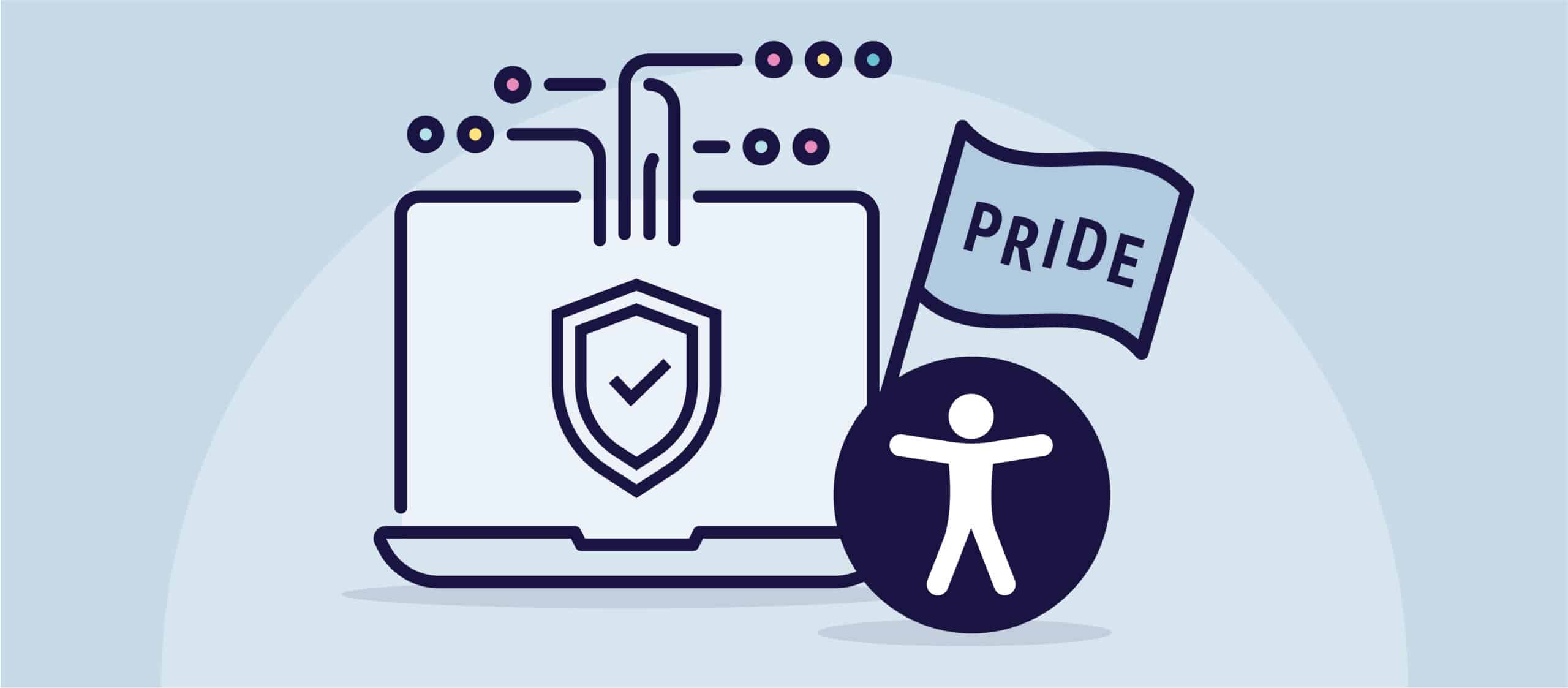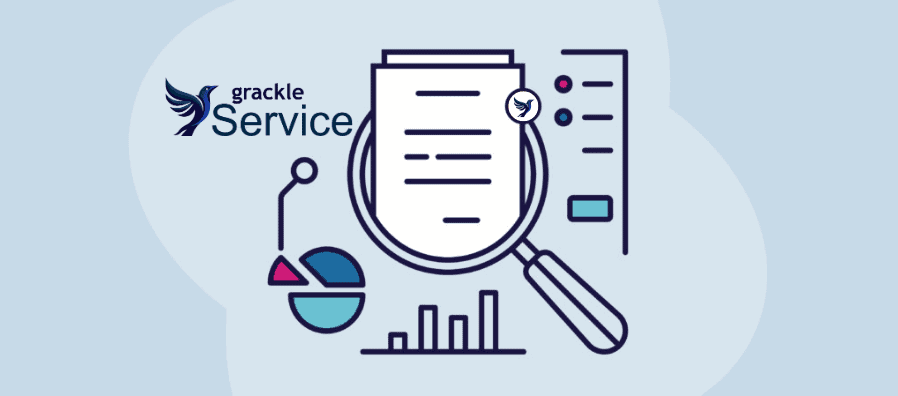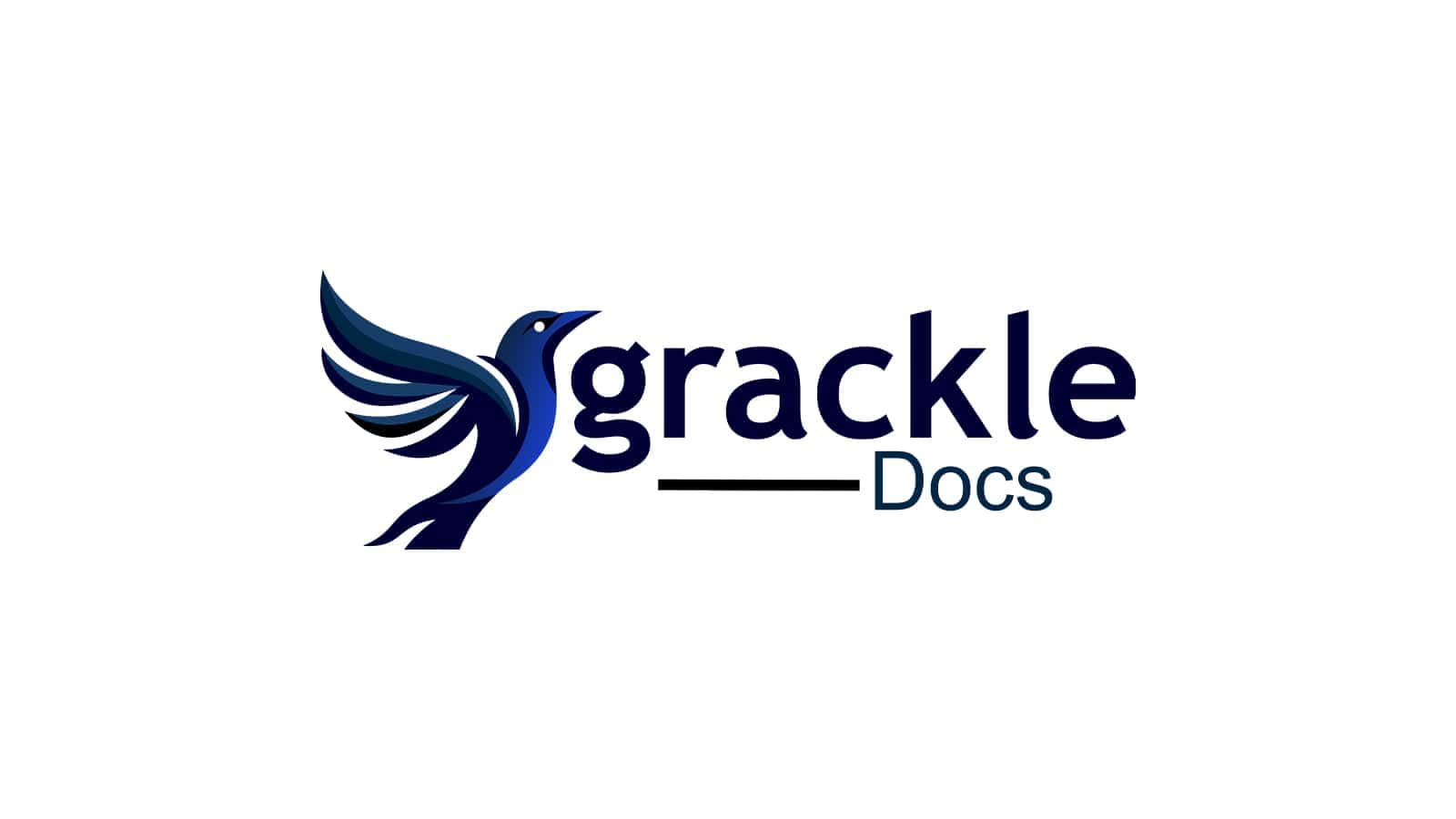Während der Pride Month mit einer Reihe von Feierlichkeiten und digitalen Initiativen in vollem Gange ist, ist es wichtig, ein häufig übersehenes Thema zu beleuchten: die Zugänglichkeit für alle, einschließlich der Behindertengemeinschaft. Allzu oft ist diese Gruppe mit zahlreichen Barrieren konfrontiert, die ihre volle Teilnahme an solchen Veranstaltungen einschränken.
Der Monat des Stolzes, der jedes Jahr im Juni gefeiert wird, ist eine Gelegenheit, die verschiedenen Identitäten und Erfahrungen der 2SLGBTQ+-Gemeinschaft zu würdigen und zu pflegen. Diese Vielfalt muss jedoch über Geschlecht und sexuelle Orientierung hinausgehen und auch Menschen mit Behinderungen einschließen. Da wir uns um Inklusion und Gleichberechtigung bemühen, ist es wichtig, dass alle Aktivitäten im Pride Month barrierefrei sind. Hier sind einige bewährte Verfahren für die Gestaltung inklusiver und barrierefreier Pride-Month-Festivitäten.
Die Vielfalt der Behindertengemeinschaft verstehen
Menschen mit Behinderungen verfügen über ein breites Spektrum an Erfahrungen und Bedürfnissen, weshalb es wichtig ist, diese Vielfalt bei der Planung von Veranstaltungen zu berücksichtigen. Behinderungen können körperlich, kognitiv, visuell, auditiv oder eine Kombination davon sein. Veranstaltungsorganisatoren sollten bei der Planung barrierefreier Veranstaltungen dieses breite Spektrum an Bedürfnissen berücksichtigen, angefangen bei der Bereitstellung von Gebärdensprachdolmetschern für gehörlose oder schwerhörige Personen bis hin zur Gewährleistung der Zugänglichkeit von Rollstühlen für Personen mit Mobilitätsproblemen.
Digitale Barrierefreiheit einbeziehen
Mit der zunehmenden Verbreitung digitaler Veranstaltungen, insbesondere in der heutigen Zeit, wird die digitale Zugänglichkeit immer wichtiger. Plattformen für Online-Veranstaltungen sollten den Web Content Accessibility Guidelines (WCAG) entsprechen. Funktionen wie Untertitel für Videoinhalte, Kompatibilität mit Bildschirmlesegeräten und alternativer Text für Bilder sind allesamt notwendige Elemente der digitalen Zugänglichkeit.
Planen Sie die Zugänglichkeit von Veranstaltungen
Berücksichtigen Sie bei Veranstaltungen vor Ort Elemente wie barrierefreie öffentliche Verkehrsmittel, Zugänge, Rampen, Toiletten, Sitzgelegenheiten und eine klare Beschilderung. Nutzen Sie die Grundsätze des universellen Designs, um Räume zu schaffen, die für alle Menschen zugänglich und nutzbar sind, unabhängig von ihren Fähigkeiten oder Behinderungen.
Die Behindertengemeinschaft in die Planung einbeziehen
Die Einbeziehung von Mitgliedern der Behindertengemeinschaft in die Veranstaltungsplanung führt zu einer leichter zugänglichen und integrativen Veranstaltung. Außerdem stellt diese Einbeziehung sicher, dass ihre Bedürfnisse von Anfang an berücksichtigt werden, so dass nachträgliche Verbesserungen der Barrierefreiheit, die sich oft als unzureichend erweisen, nicht erforderlich sind.
Klare Informationen über Barrierefreiheit bereitstellen
In allen Werbematerialien und Mitteilungen für Veranstaltungen sollte auf die vorhandenen Zugänglichkeitsmerkmale hingewiesen werden. Diese Praxis gilt auch für digitale Veranstaltungen. Diese Informationen ermöglichen es potenziellen Teilnehmern, effektiv zu planen und ohne böse Überraschungen teilzunehmen.
Schulung und Weiterbildung für Mitarbeiter und Freiwillige
Mitarbeiter und Freiwillige, die an der Organisation und Durchführung der Veranstaltung beteiligt sind, sollten darin geschult werden, die Bedürfnisse von Menschen mit Behinderungen zu verstehen, zu respektieren und auf sie einzugehen. Diese Schulung fördert eine respektvolle und integrative Atmosphäre während der Veranstaltung.
Feedback und kontinuierliche Verbesserung
Nach der Veranstaltung ist es wichtig, Feedback von den Teilnehmern und Zuhörern über die Zugänglichkeit und Inklusivität der Veranstaltung einzuholen. Dieses Feedback hilft dabei, verbesserungswürdige Bereiche zu identifizieren und ermöglicht es den Organisatoren, ihre Planung für künftige Veranstaltungen zu verfeinern und zu verbessern.
Während wir den Monat des Stolzes feiern, sollten wir den Geist der Inklusion ehren, indem wir sicherstellen, dass alle unsere Feiern für jeden zugänglich sind, auch für Menschen mit Behinderungen. Wenn wir uns an diese bewährten Praktiken halten, können wir einen inklusiveren Raum schaffen, in dem sich jeder willkommen und wertgeschätzt fühlt, und so die wahre Einheit in der Vielfalt fördern.



